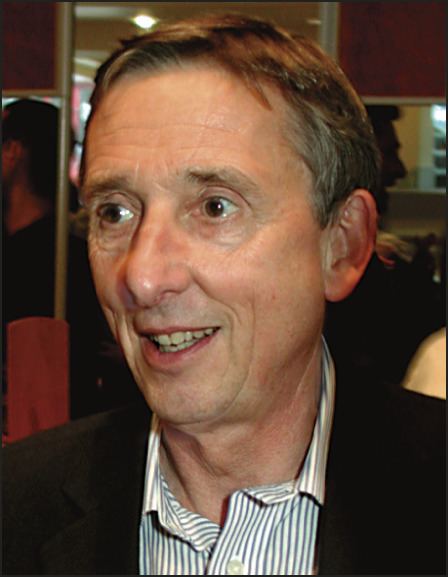Citizenship British Role Medical Doctor Nationality British Residence England | Influences Michael Kramer Influenced Angela Vincent Name John Newsom-Davis Fields Neurology | |
 | ||
Institutions National HospitalRoyal Free HospitalCornell Medical Center (1969-70)Oxford University (1987-98) Notable awards Queen Square Prize in NeurologyRCP Jean Hunter PrizeEllison-Cliffe Lecture & MedalRCP Moxon MedalABN Medal Books The Respiratory Muscles: Mechanics and Neural Control Education | ||
John Michael Newsom-Davis CBE, FRCP, FRS, FMedSci (18 October 1932 – 24 August 2007) was a neurologist who played an important role in the discovery of the causes of, and treatments for, Myasthenia gravis, and of other diseases of the nerve-muscle junction, notably Lambert-Eaton myasthenic syndrome and acquired neuromyotonia. Regarded as "one of the most distinguished clinical neurologists and medical scientists of his generation," he died in a car accident in Adjud, Romania, having visited a neurological clinic in Bucharest earlier the same day.
Contents

Early life and family
John Newsom-Davis was born in Harpenden, Hertfordshire, the eldest child and only son of Kenneth Newsom-Davis, the managing director of the Davis Gas Cooker Company, and his wife Eileen, a doctor's daughter. He had a twin sister, Julia. He was educated at Sherborne and Pembroke College, Cambridge. During his two years national service in the RAF (1951–53), he qualified for full pilot training, and learned to fly Meteor jet fighters.
In 1963 he married Rosemary Elizabeth Schmid, an English Swiss, who later became an educational psychologist, working in child development. They had two daughters and a son, and (at the date of his death) seven grandchildren.
Career
Newsom-Davis qualified MB BChir in 1960 at the Middlesex Hospital, and then joined Tom Sears at the National Hospital, Queen Square. After studying the physiology of breathing there, he spent a year at the Cornell Medical Center, New York City, working with Fred Plum on the central pathways involved in breathing. On returning from New York in 1970 he was appointed consultant neurologist jointly at the National and at the Royal Free Hospital. At the latter hospital he built up an active research group, becoming the first MRC Clinical Research Professor in 1980.
In 1987 he was recruited to the Action Research Chair of Clinical Neurology at Oxford University, with a Fellowship at St Edmund Hall, bringing with him most of his research team from the Royal Free. At Oxford not only did he build up clinical neuroscience in his own field of immune-mediated and genetic diseases, he also established a Centre for the Functional Magnetic Resonance Imaging of the Brain, which was recognised as a world leader.
In 1997 he succeeded Ian McDonald as editor of the Neurology Journal Brain, making it one of the first scientific journals to go online.
He was elected a Fellow of the Royal College of Physicians in 1973, a Fellow of the Royal Society in 1991, and awarded a CBE in 1996. In 1997 he received the Ellison-Cliffe Medal from the Royal Society of Medicine. His achievements were recognised internationally in his honorary membership of the American Academy of Neurology and his election as a foreign member of the Institute of Medicine of the United States National Academy of Sciences.
Retirement
After his "retirement" from Oxford in 1998, he continued to edit Brain until 2004 and to hold a weekly myasthenia clinic, as well as honouring many invitations to lecture abroad. He also took on the huge task, together with the National Institutes of Health in the United States, of organising and funding a multi-centre trial (over 80 centres) to determine whether thymectomy is an appropriate treatment for myasthenia gravis.
Positions held
in professional bodies
other
